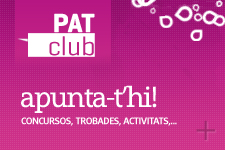photogravure (process)
Hierarchy classification:
Narrower term/s
Alternative term/s
- gravure
- gravure printing
- heliogravure
- photo-etching
- photoetching
- Talbot-Klic process
Anotations
Scope note:
An intaglio photomechanical process of reproducing an image or design, a combination of photography and etching. A metal printing plate is prepared using a bichromate process, leaving a gelatin resist of varying thickness. The plate is etched to form cells of varying depth able to hold different amounts of ink. Crucially, the gelatine in the photographic negative of the image acts as the acid resist when the image comes to be etched. Hand photogravure was very popular in the later 19th century, involves the photographic transfer of the image to a copper plate, prepared with aquatint to give it tone, into which the design is etched. The plate is hand-inked and printed as an ordinary intaglio plate. Machine photogravure, very much more common and commercial, uses a cross-line screen instead of aquatint to provide the tone, and a cylinder is employed rather than a plate. Very fast printing in large editions, for example of magazines, is possible with this technique. If done with an aquatint grain, prefer "photoaquatint."


